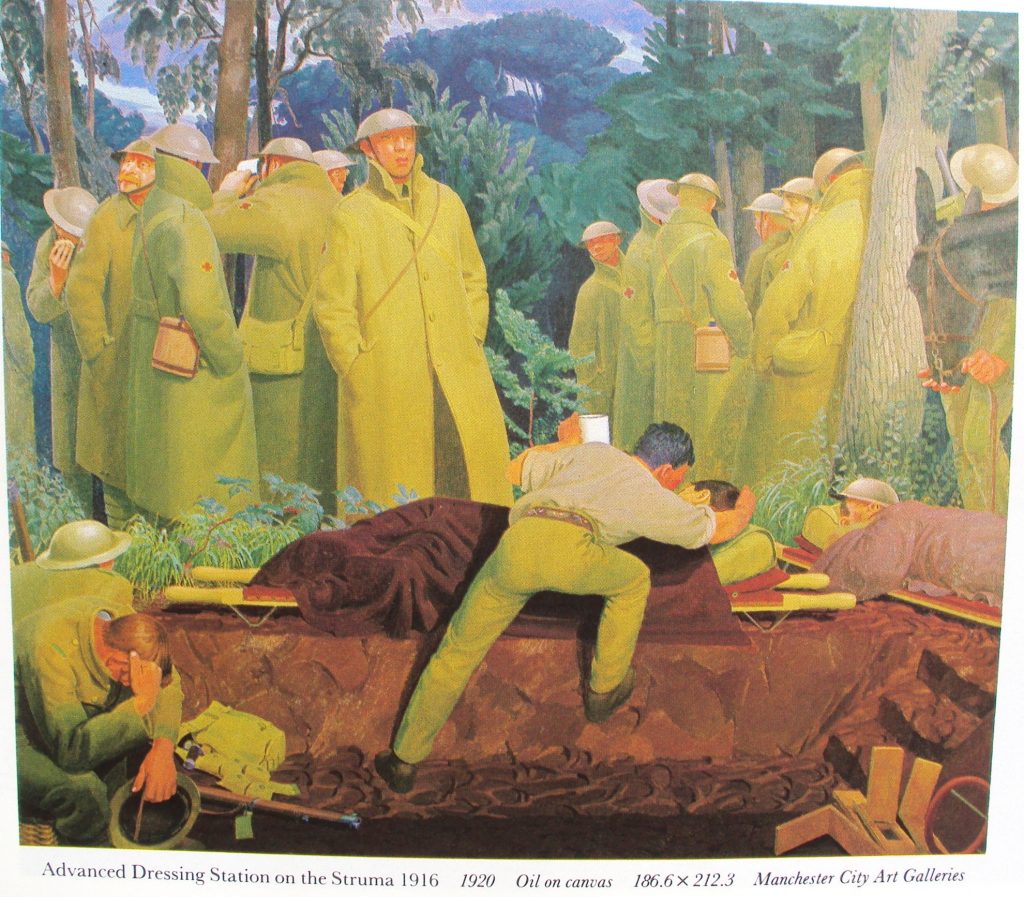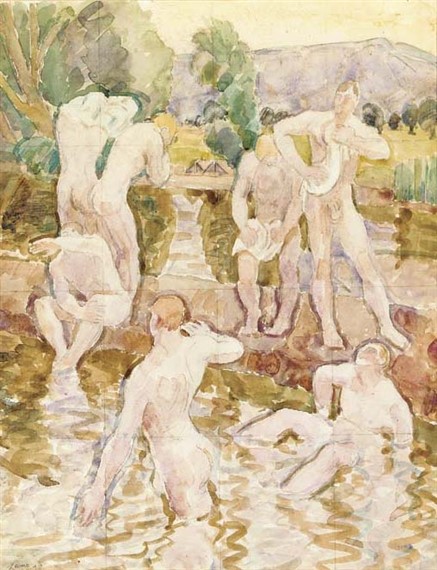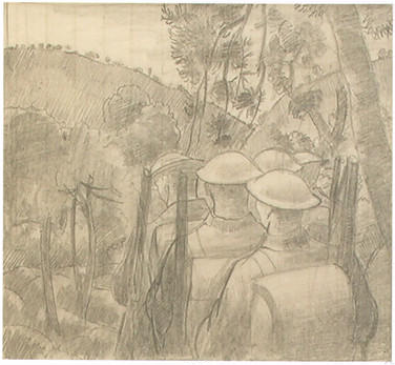The son of the mathematician, Horace Lamb, he was born in Adelaide, South Australia, but the family moved to Manchester in 1885. After attending Manchester Grammar School, he started medical training at Owen’s College. In 1905 he left his medical studies and went to London where he entered the Chelsea School of Art. Over the next few years several of his paintings received good reviews, including Death of a Peasant and Fisherfolk. He also became close friends with Augustus John and Lytton Strachey. For a time, Lamb and John lived together with Dorelia McNeill at Alderney Manor near Poole. He was associated for a time with the Camden Town painters. In 1913 Lamb met Stanley Spencer and was immediately impressed by his visionary paintings.
On the outbreak of the First World War, Lamb thought it was his patriotic duty to return to medicine. He and Spencer joined the Royal Army Medical Corps. Lamb was sent to France where he worked at the Hospital du Casino. In November 1915 he returned to England where he finished off his medical studies in order to qualify for a commission. In September 1916, Lamb was sent as a member of the Northumbrian Field Ambulance Unit to Salonika, Macedonia. In March 1917 Lamb was promoted to captain and transferred to the Fifth Battalion of the Royal Inniskilling Fusiliers, with whom he saw action in the Near East. After the war he became noted as a portrait painter, as in his well-known pictures of Evelyn Waugh .and members of the Bloomsbury Group.
Together with Stanley Spenser, Henry Lamb was considered as one of the most important British War painters from the Macedonian front. His drawings, watercolors and paintings from the Macedonian front are fetching very high prices at European fine art auction houses. For example, the watercolor “Troops bathing in Macedonia” was sold by the auction house Christie’s, London on 13.06.2002 for 4200 GBP (object number 236). His works of art can be found in most prestigious art museums in UK and Europe.


